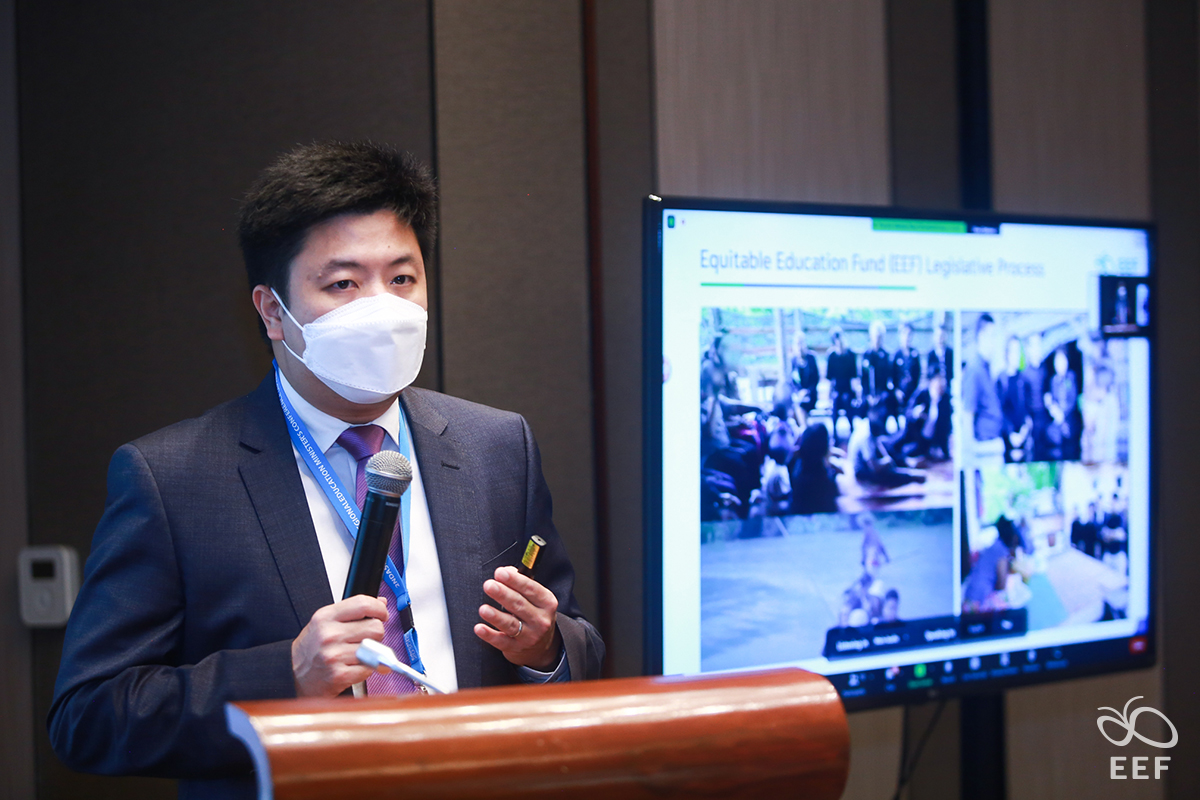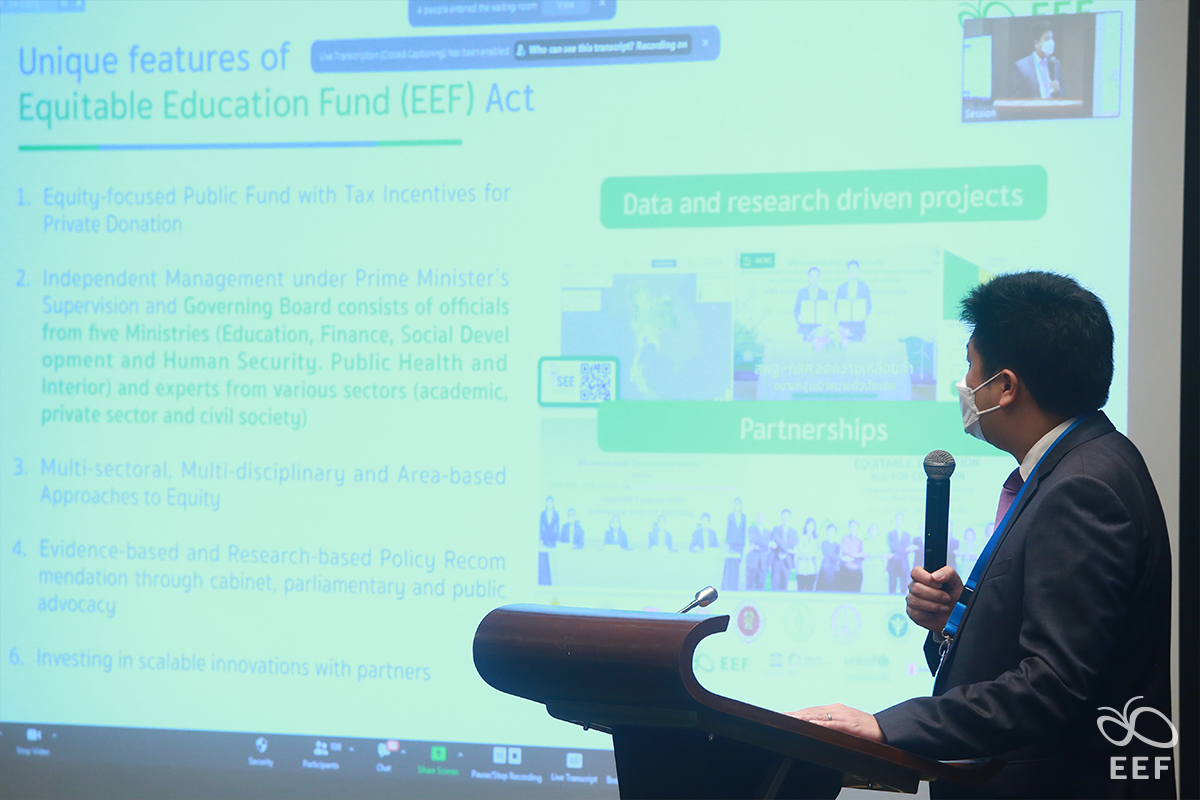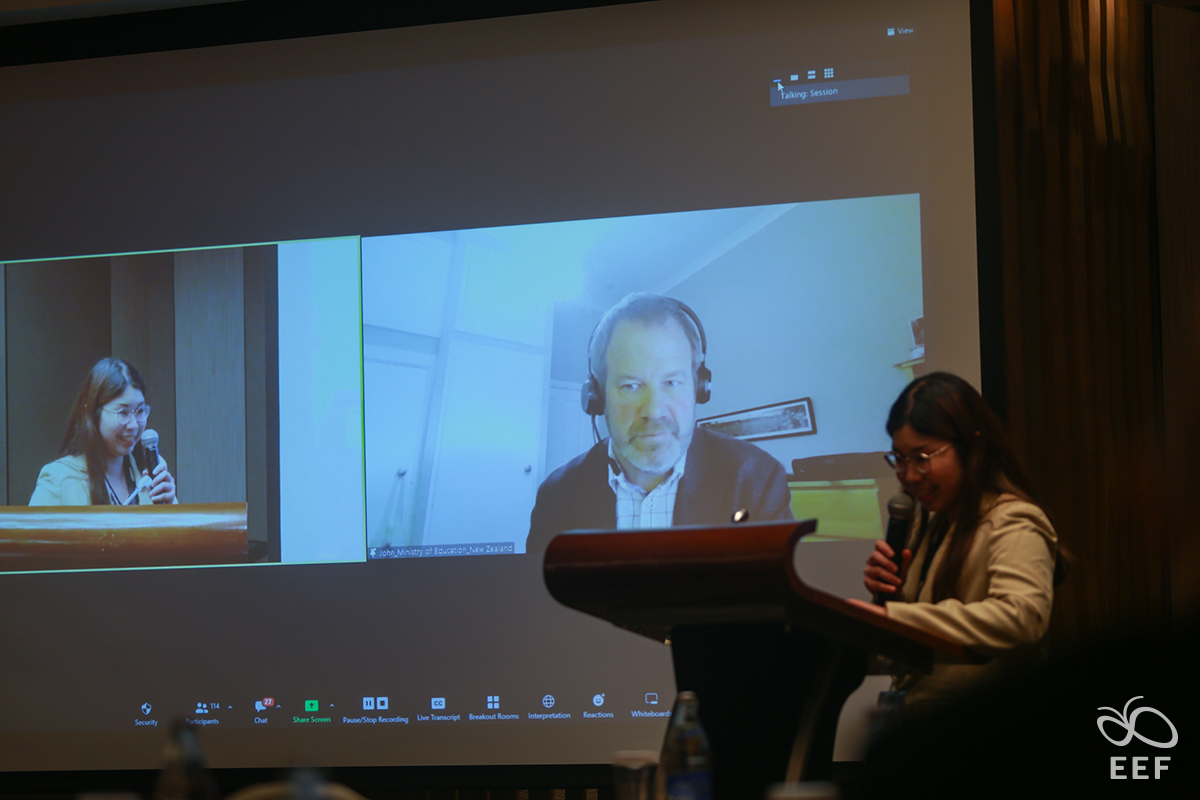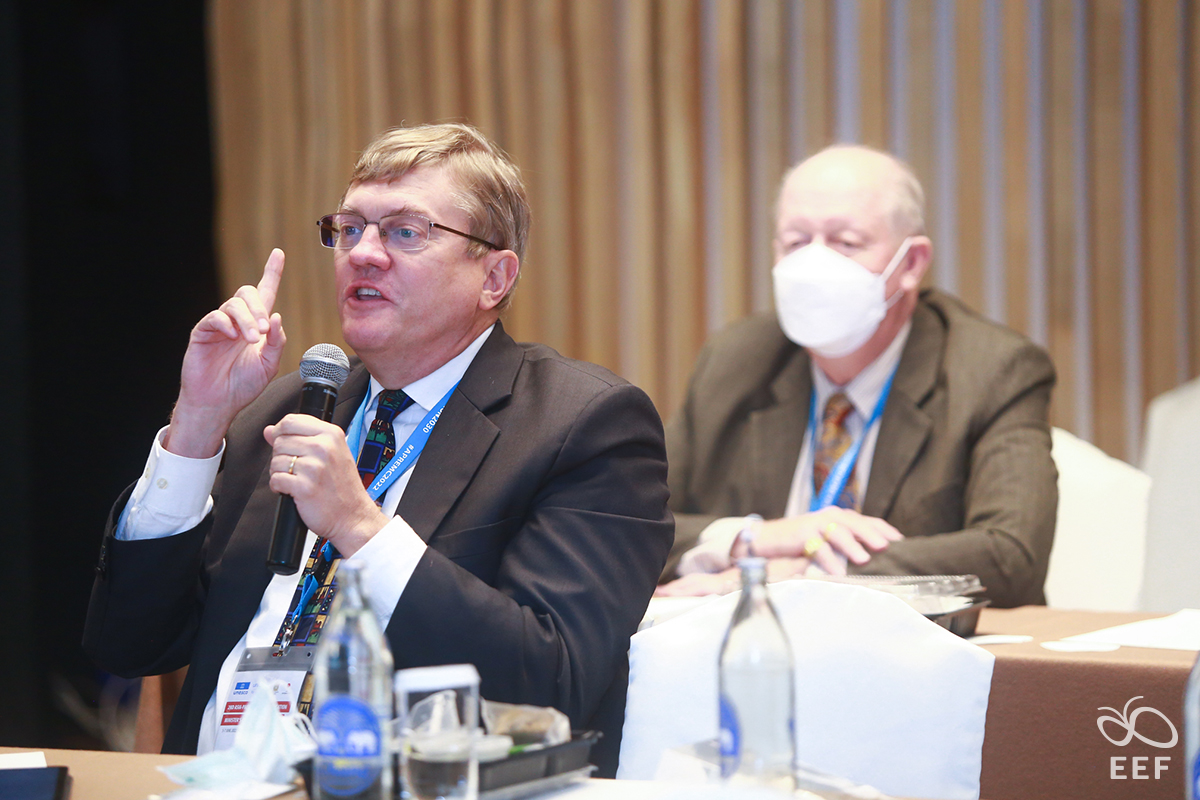
Even in a country that is recognized as providing the best education in the world, it still takes a decade for transition reforms to formulate guidelines for educational management that are appropriate for the youth’s life context.
Let’s see how countries like Finland and New Zealand have implemented high-quality educational arrangements through the path of pushing legislation and budgeting on educational equality. It results in a strong foundation of the education system until it is able to spread equality to young people in all areas as it is today.

Develop local curriculum with the same standard throughout the country
Sanna Takala, Advisor on Development, Ministry of Education, Finland, said, “The definition of equality in Finland’s education reform is that our education system will never end. This means that no matter what the children choose to study in each grade, they must have a way to reach a higher education level at any time. It also must be a free education. Everything is free throughout compulsory education for children and young people aged 7–18 years. Tuition is free. There are lunch and school buses for pick-ups as well as adequate school supplies.
Sanna said that Finland began the process of formulating the current curriculum in 2008 after discussions with the municipalities and schools to formulate practical guidelines both inside and outside the classroom. The system will allow teachers to make decisions about helping children as soon as they encounter problems.

Since adopting the approaches in 2010, there have been an increasing number of children with special support in Finland. Based on individual data obtained from teachers and forwarded to a multidisciplinary team, such as psychologists, social workers, nurses, etc., it depends on the child’s age and needs. Children’s abilities in academic areas are assessed before planning to help them from the classroom in sequence.
“Over the past years, we have seen that when compared internationally, Finnish students have outstanding academic performance. When looking deeper at the school level, all our schools have very little difference, which gives children the same level of quality of education. It is more important that our country’s education focuses on creating satisfaction in life, dissolving differences in gender, selecting subjects, or the occupational basis that children choose to do. Moreover, the development of education is something that will never stop because equality is something that must be done all the time due to changes in society and children.”
“As in the situation of COVID-19, Finland tries hard not to close schools and lets the teaching continue as long as possible. With the challenges, we know when children stop studying, it will affect their academics, knowledge, and the level of social ability. After this, we need to take aspects of different dimensions into consideration to learn lessons and improve quality education to continue in every situation.”

The ‘Equality Index’ helps allocate budget to actual needs
Mr. John Brooker, Manager of Education Investment Group, Ministry of Education, New Zealand, said that an attempt to increase “education equality” is different from “equality” because we already know that every child in the school system has a different cost of life and unequal levels of competence. Therefore, to make everyone achieve goals at the same level, we need extra support for those who do not have the resources to have the strength to improve themselves.
New Zealand’s approach is to focus resources on salaries, benefits, and budgets to support teachers’ operations. Another thing is the budget to invest in equity, especially caring for educational institutions and communities.
An independent organization directly responsible for the distribution of education equality, an ‘accelerator’ that leads to change.
Dr. Kraiyos Patrawat, Manager of the Equitable Education Fund (EEF), said it took Thailand more than eight years to push the law on education equality. It is an important task that takes a long time due to involvement in all aspects of budget allocation. The situation of COVID-19 also led to a review of the provisions and guidelines to improve them to meet the needs of all affected populations.
“Thailand has an underprivileged population of about 3 million school-age children. In terms of educational factors, we face the problem of a disparity in school quality standards. As a result, children from low-income families have barriers to accessing quality education. Accordingly, the Thai government issued the act to promote equality in education with the goal of supporting the budget and creating a process to help these children achieve more opportunities.”
“While EEF is an organization established by this act with direct responsibility for the allocation of scholarships and mobilization of collaboration from partners at all levels, both domestically and internationally, to create a system to help and care for the underprivileged by giving everyone access to opportunities for self-improvement.”
The specialty of EEF is public fundraising to spread equality with tax deduction for donors funding the fund, and it runs independently under the supervision of the Prime Minister. The EEF Board consists of members of various agencies, such as the Ministry of Education, Ministry of Finance, Ministry of Social Development and Human Security.

“We have a wide range of innovative investments, together with partners both domestically and internationally. We have a working group that roams all areas throughout the year to see problems on the site, collect information from children and families and then take it back to consider designing the appropriate assistance on an individual basis. On-site visits help us to understand the root cause of the problems and discover ways to create equality in education even when the context of the area is different.”

Dr. Kraiyos said that it took six years for the equality legislation to come out. When EEF has been working for 3 years, it emphasizes the importance of an independent organization or agency that is the accelerator for change.
“Today, the work of EEF has shown that local communities or the world community are important in enhancing the ability to develop and reform education.”
“The information, experiences, and research collected by EEF will not only be useful nationally but also continue to expand the network of working models both as a model and a cognitive sharing model to spread educational equality to other areas through international conferences held almost every year.”
Not only in education, but EEF also cares about all factors related to equality, particularly the economic situation after the COVID-19 crisis. Therefore, working closely with schools in all affiliations during lockdowns for data collection helps identify targets needing help in the form of resource links by focusing on targeting over the next 1–5 years that the impact of the COVID-19 situation remains a major obstacle to skipping the educational transition of underprivileged students. There is statistical data confirming that it is the interval where children and youths drop out of the education system the most to create work among agencies, educational institutions and the private sector that will help support all children and youth groups to have a future path.

